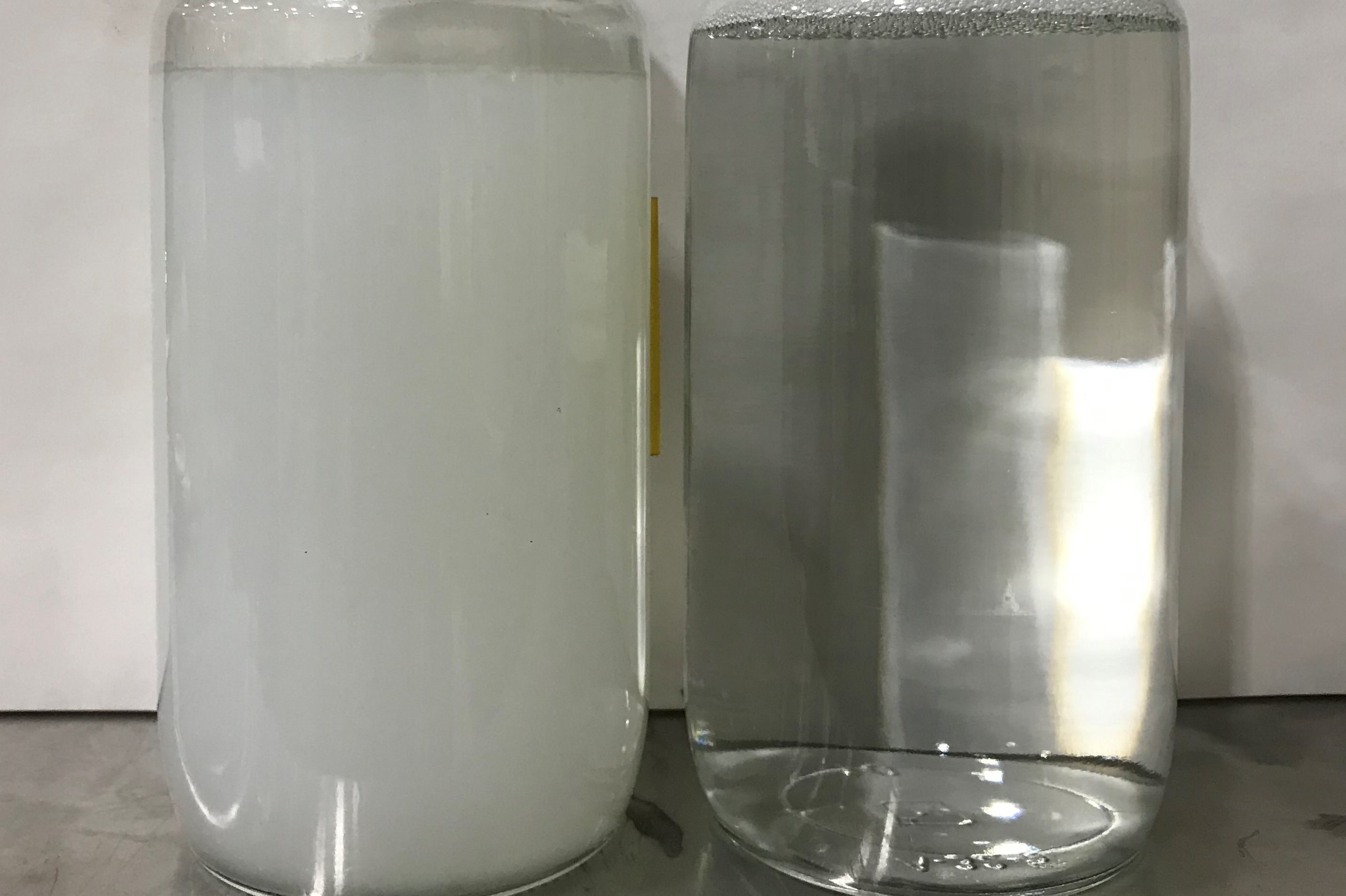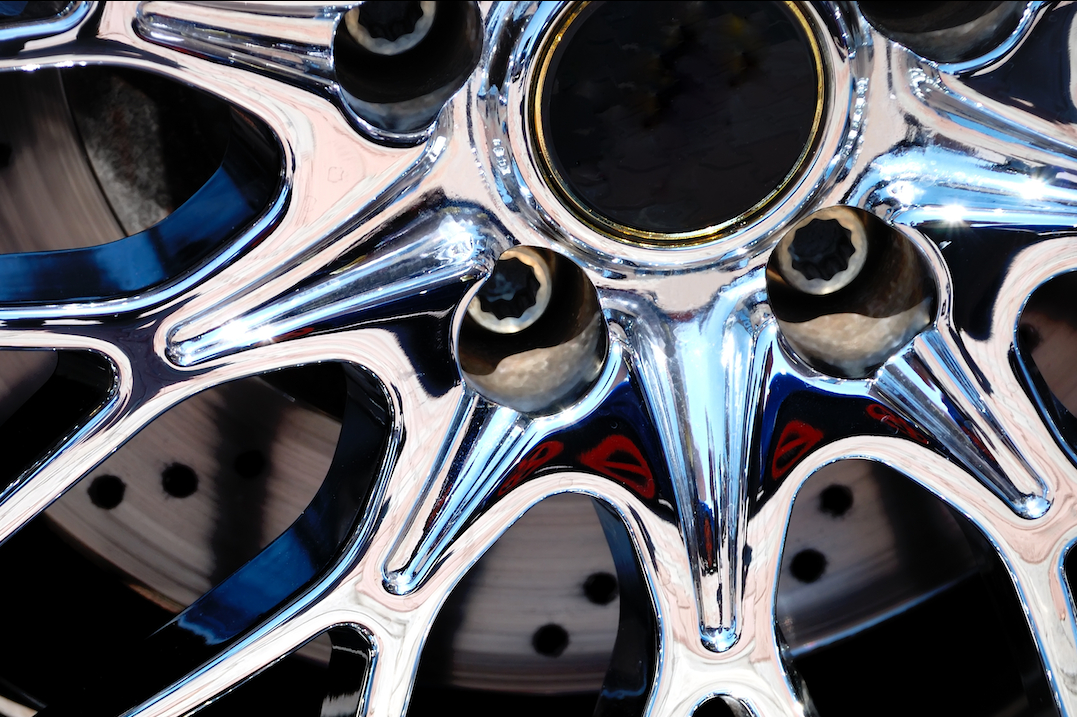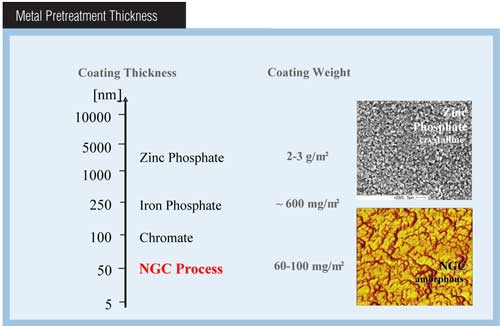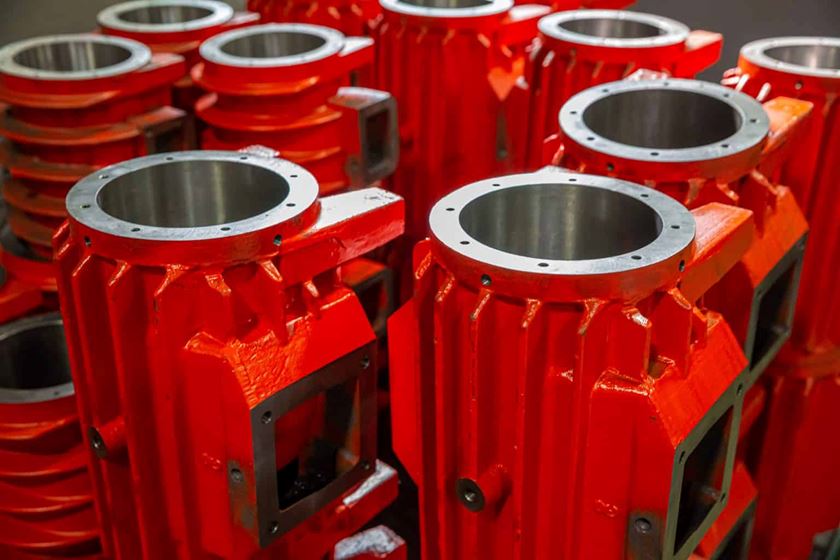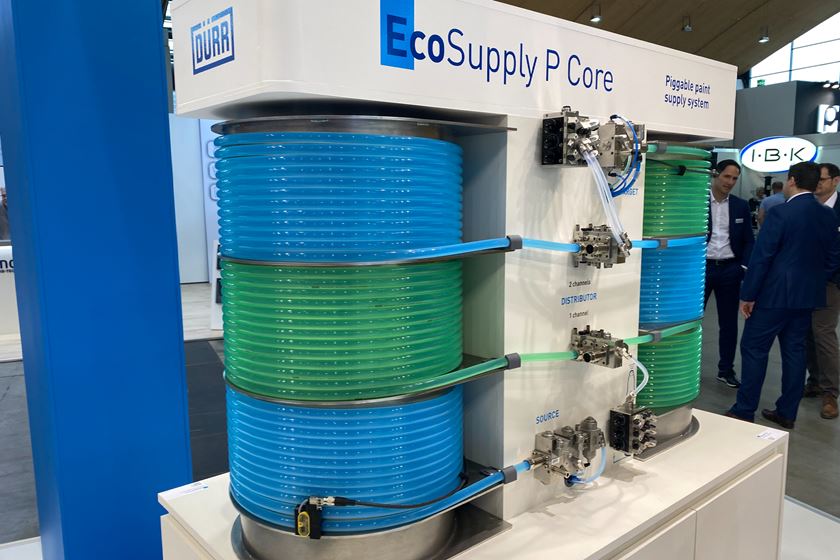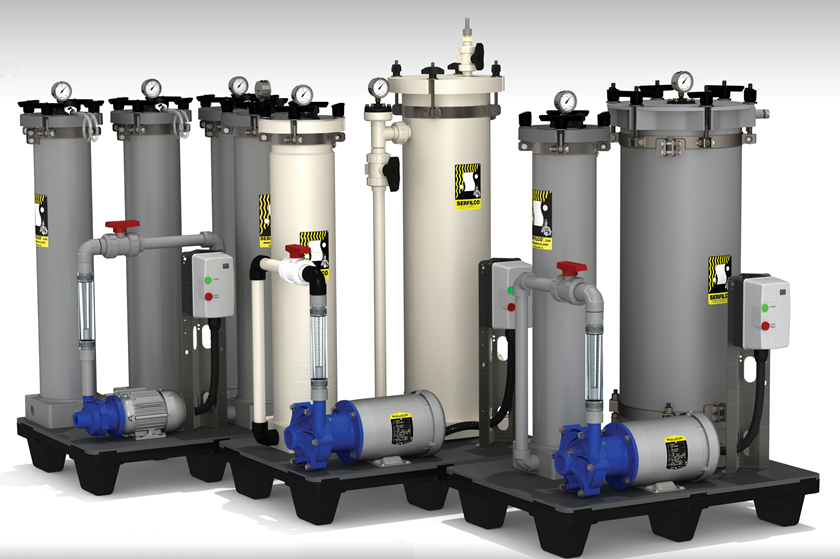Houston Plating & Coatings Eases Difficult EN Application
Appears in Print as: 'Simultaneous EN Plating to Reduce Gas Cylinder Cost'
Houston Plating & Coatings says it has a new, proprietary EN process that, when combined with its new equipment, can plate high-pressure gas cylinders.
Edited by Evan Doran
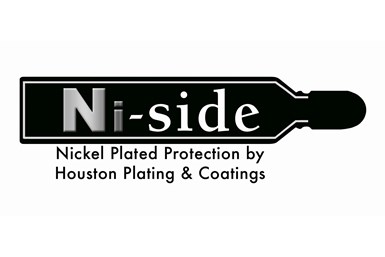
Houston Plating & Coatings (HP&C; Houston, Texas) has developed proprietary electroless nickel (EN) processes and equipment for plating the internal surfaces of high-pressure gas cylinders, achieving 99.99% coverage with a uniformly thin layer of plated nickel.
The gasses stored and transported in high-pressure cylinders typically degrade when interacting with carbon steel, but EN plating provides a barrier that eliminates the degradation and consequent gas contamination. Standard plating processes have difficulty plating cylinders, however, and make the cylinders prohibitively expensive.
HP&C’s new processes and equipment, marketed under the Ni-Side brand, allow for the simultaneous plating of multiple cylinders to complete a larger number of cylinders with shorter cycles at a substantially lower cost than with current methods.
“Until now, large quantities of cylinders made of carbon steel could not be utilized to store or transport industrial gases because of the time required to plate them,” says Ashley Madray, president of Gas Innovations (La Porte, Texas). “This process and volume capability will allow for many more applications and improved availability. Unacceptable contamination of the gasses, which produces significant inefficiencies, may now be improved significantly.”
HP&C president and CEO William Howard says, “HP&C has some of the largest EN tanks in the industry and can dedicate a full production line to the new cylinder plating processes; and, since HP&C’s new EN plating processes can plate many cylinders at one time, we can deliver a large quantity of plated cylinders at a significantly lower cost.”
RELATED CONTENT
-
Sizing Heating and Cooling Coils
Why is it important for you to know this?
-
Zinc Electroplating
Choosing the best process for your operation.
-
Cleaning, Pretreatment to Meet Medical Specs ISO 13485 or FDA 21 CFR820
Maximilian Kessler from SurTec explains new practices for industrial parts cleaning, metal pretreatment and decorative electroplating in the medical device industry.







